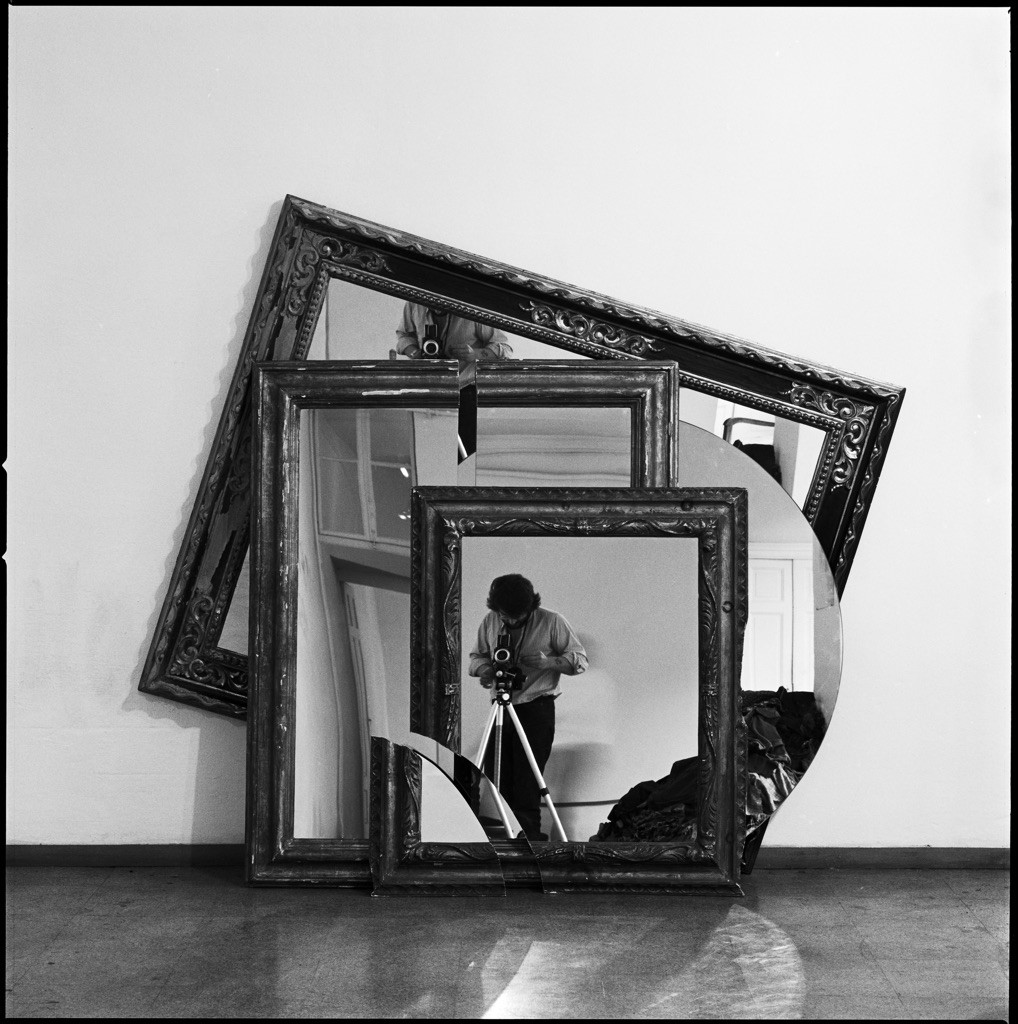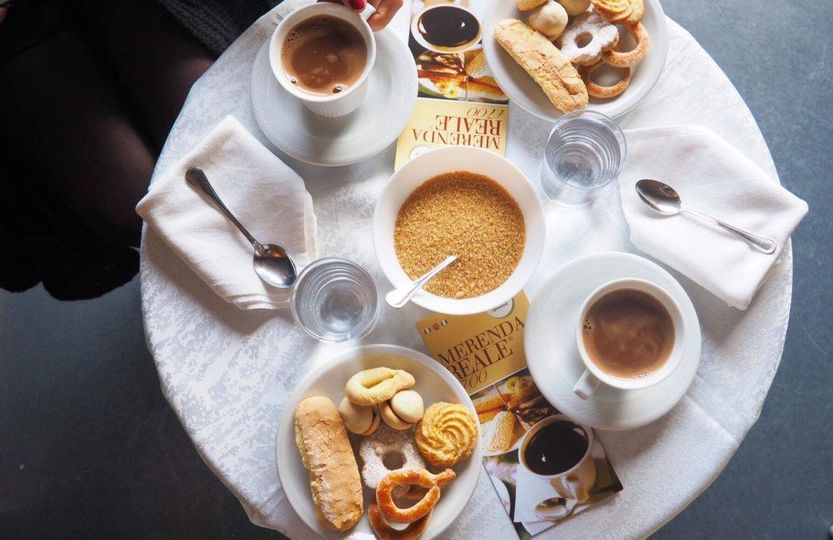Paolo Pellion di Persano. The Simple Story of a Photographer
Curated by Marcella Beccaria and Andrea Viliani
21 April – 22 September 2024
Second floor, Gallery 18

Castello di Rivoli Museo d’Arte Contemporanea, Rivoli-Torino
CRRI – Centro di Ricerca Castello di Rivoli
Paolo Pellion heirs donation
The exhibition Paolo Pellion di Persano. The Simple Story of a Photographer, curated by Marcella Beccaria and Andrea Viliani, celebrates the generous and far-sighted donation made in 2023 by the heirs of the photographer’s archive, including more than 44,000 negatives, to the CRRI – Castello di Rivoli Research Institute. This is the first exhibition to present a significant group of photographs by Pellion, including many previously unpublished ones, telling an extraordinary story in which the artistic and intellectual energy of Turin and its region is intertwined with the history of the museum itself. This exhibition is part of Turin’s new International Festival of Photography EXPOSED.Paolo Pellion di Persano. The Simple Story of a Photographer is supported by Strategia Fotografia 2023, promoted by the Directorate-General for Contemporary Creativity of the Italian Ministry of Culture.
Presented in Sala 18, the largest historical room of Castello di Rivoli, the exhibition focuses on the production of Paolo Pellion di Persano (Castagneto Po, Turin, Italy, 1947–2017) from his beginnings in the 1970s, identifying thematic nuclei that punctuate his work: travels, the social upheaval of the period, the developments of Arte Povera, his work for other creative sectors such as fashion, and his interest in theatre. An inquiry into the precision of the gaze and into the role of the production of the photographic image in the artistic process, the exhibition offers a unique opportunity to redefine the role of photography in the artistic evolution in the context of Turin’s cultural life.
A section of the exhibition is devoted to the long relationship between Pellion and Castello di Rivoli, an institution whose inauguration in 1984 he documented and which he followed continuously until 2012 and beyond. Such collaboration produced a lucid and emotionally engaging narrative that testifies to the museum’s rich history of collecting and exhibition making embedded in the historical rooms of the museum. In addition to the original vintage prints produced by the author, the exhibition includes documentary material, with personal items and working tools from his workshop.
On the occasion of the exhibition, Castello di Rivoli is publishing a bilingual (Italian/English) book, edited by Raffaella Perna, dedicated to Pellion di Persano’s work.
“Looking at his photographs, one can say that Paolo Pellion di Persano was the first biographer of Castello di Rivoli. The exhibition recognises such a role and takes place in 2024, in the year in which we celebrate the 40th anniversary of the museum,” say exhibition curators Marcella Beccaria, Deputy Director of Castello di Rivoli and Head of CRRI, and Andrea Viliani, Director of the Museum of Civilisations in Rome and former Head of CRRI in 2020-2022.
Biography – Paolo Pellion di Persano (Castagneto Po, Turin, February 11, 1947 – October 16, 2017) studied Political Science in Turin and took his first photographs in the 1970s portraying places and people on his long trips to the East, and documenting social unrest in Italy. In the same period, he began to collaborate with a number of Arte Povera artists: he portrayed them, documented their activities, and contributed to the production of their works. From 1975 to 1986 for director Carlo Quartucci Pellion photographed scenographies made by major artists such as Paolini, Kounellis, Weiner, Kirkeby, Buren, Merz, Fabro, Nitsch. In 1984-85 he photographed Ouverture, the first exhibition at Castello di Rivoli Museo d’Arte Contemporanea, whose activity he would document from then until 2012 and beyond. From the early 1980s and for the next thirty years, he also produced hundreds of advertising campaigns in Italy and abroad for well-known clothing brands. A curious and inventive person, he undertook a variety of activities, related not only to photography, and patented chairs, cribs and deckchairs produced and sold around the world, as well as a portable darkroom contained in a suitcase. Passionate about his family home in the Piedmont countryside in Castagneto Po, he produced honey, grew lavender and mycorrhised plants for truffle production. In the last years of his life he devoted himself to organising his archive and producing some photographic prints from his most significant shots related to art.
The project is supported by Strategia Fotografia 2023, promoted by the Directorate-General for Contemporary Creativity of the Italian Ministry of Culture






